My intent here is to give a cursory overview of the history of our forestlands here in southern Ontario. My focus area is the north shore of Lake Ontario ranging northward to the Great Pine Ridge with slight reference to our immediate agricultural area. Victoria and Peterborough Counties were considered hinterlands in these early times and were not settled until the good lands south of the ridge were claimed.
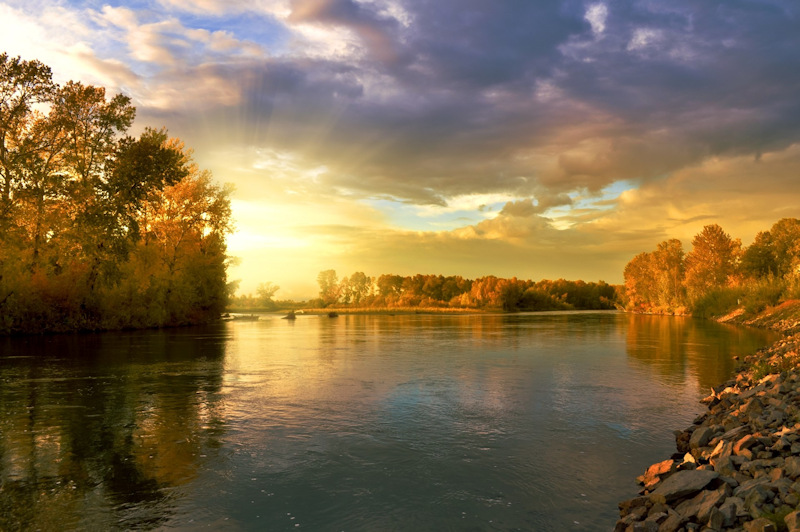
I want to acknowledge that before the European settlers came in the 1780’s Indigenous peoples moved through and sporadically settled along the north shore of Lake Ontario, on the shores of Rice Lake and Lake Scugog. While we cannot confirm the timing of these movements we recognize that the Hurons, Mohawks and Mississauga’s all had their time in these lands. The Mississauga’s remained close by to the white trading stations and were generally helpful to the early settlers.
Throughout these times these Native peoples lived lightly in the forest lands and local waterways. They left only their traditional trails and canoe routes. The real impact on these lands came with the influx of the United Empire Loyalists in 1784 following the American Revolution. The British Military settled these refugees who wished to remain loyal to the British Crown in those shorelines easily accessible by boat, essentially located from Cataraqui to Prince Edward County, with the most notable settlement at Adolphustown.
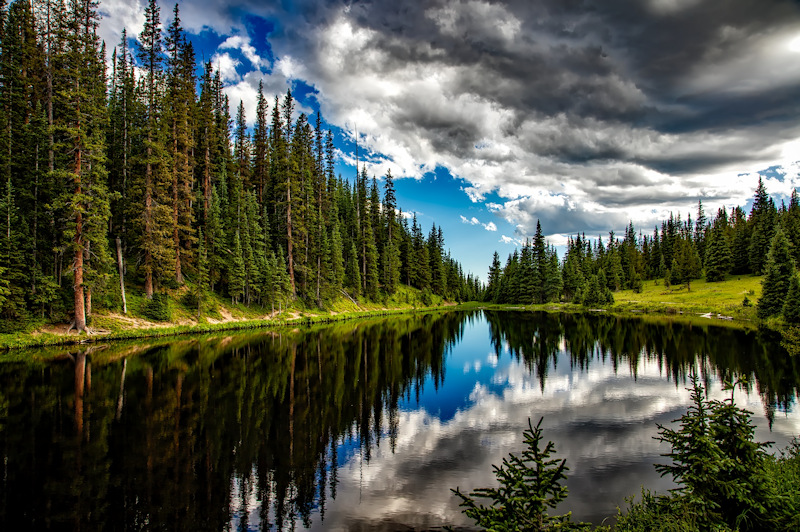
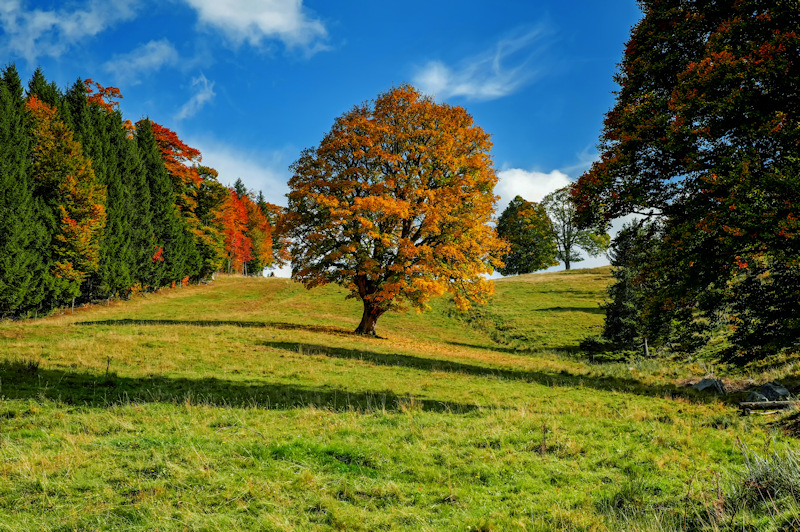
These lands contained healthy forest communities with hardwoods on the loam soils and pines on the upper sandy soils of the ridge. Throughout this large area farm sites were deeded out to Loyalists and Military retirees seeking to own their own property. The forests were cleared, gardens dug and cropland burned of remaining brush. The only cash sale was ash (lye) from hardwood logs burned, then leached to make soap. This could be sold for cash. Grist mills and saw mills were built on the creeks and rivers and local trade established as there were no roads through the forest.
The British Military assigned the land deeds but they were not registered until the settler had cleared five acres and built a year round cabin. As usual there were speculators who grabbed up surplus lands and sold or traded these remote properties to unsuspecting late arrivals.
In all situations the forest had to be removed before any farming could occur. “Farming always had priority over the forests.”
The pine forests were cut and sawn into lumber and used to build barns and rough carpentry projects. The British Navy claimed the tallest pines for masts for the Navy. There was commerce around getting these large timbers floated out to Quebec for shipping to England. The timber trade flourished through the mid 1800’s, thanks to many local water-driven sawmills, but the small rivers began drying up due to the loss of forest cover. By the 1860’S the timber trade was slowing down south of the ridge, but here in the Kawartha’s cut timber continued to be floated downstream from Haliburton.
Land clearing was now happening in the Kawarthas and land deeds were established in the early 1840’s. Good farms were established close to Lindsay, with forests left on the high ridges or wet lands. Sustainable forest management was not a priority
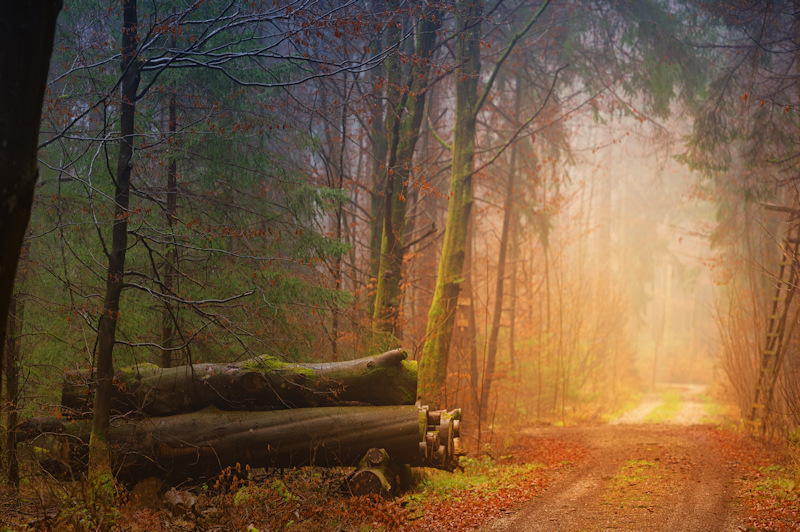
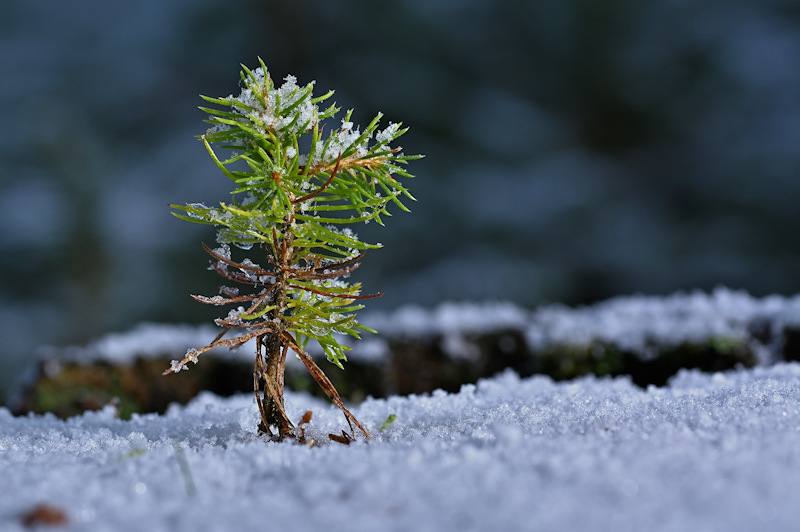
Unfortunately soil erosion got out of control on the sandy soils along the pine ridge, resulting in severe flooding in the spring, followed by summer drought. By 1905 conservationists lobbied for minimal support from the Provincial Government and pleaded for tree planting to occur to stop the erosion. At long last Provincial Tree Nurseries were established starting in 1907 in South-Western Ontario, followed by the Orono and Midhurst nursery sites 1922. The Kemptville Tree Nursery came later, in 1945.
These Forest Stations were much needed and provided both trees for planting and valued local employment throughout the areas of severe erosion. Finally the value of forest lands was recognized and the public embraced reforestation practices as an integral part of our local economy.
“Plant trees as if you will live forever”
Carl Kimmett, 9th February 2021
